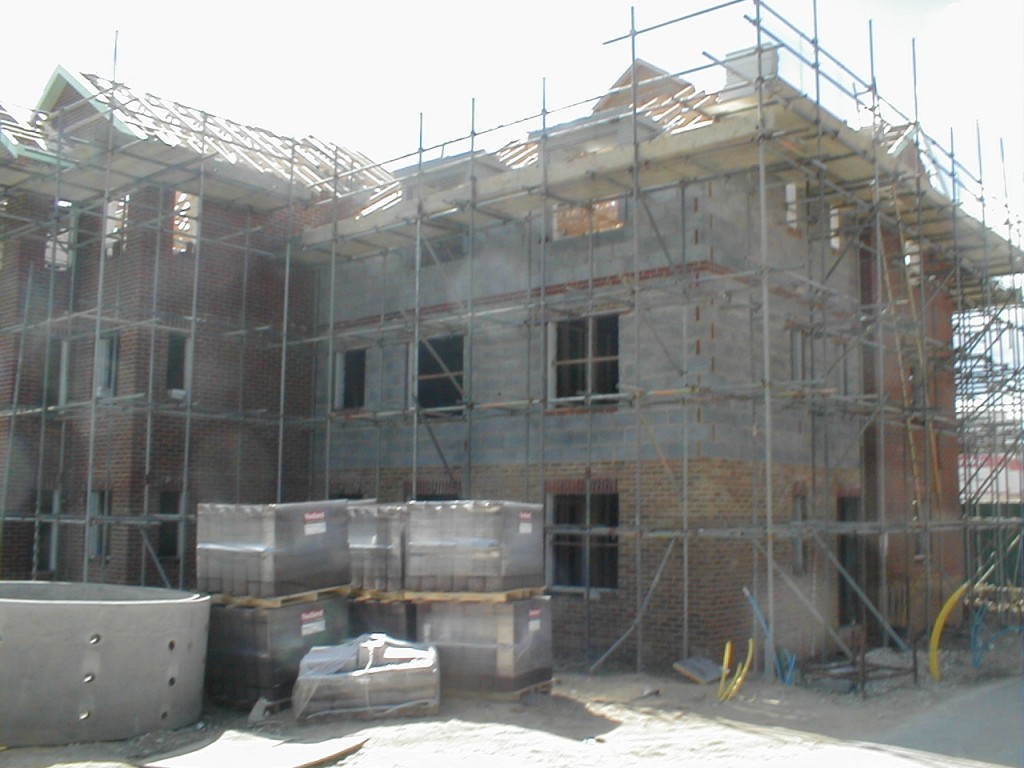On Thursday 22nd June 2017 ‘ProPG: Planning & Noise – Professional Practice Guidance on Planning and Noise – New Residential Development’, was launched at an event in Birmingham. The new document is a joint publication from the Institute of Acoustics (IOA), the Association of Noise Consultants (ANC) and the Chartered Institute of Environmental Health (CIEH).
The ProPG was first discussed by members of the above professional bodies back in 2011 after an ANC annual conference and it aims to provide industry professionals with guidance on planning and noise for new residential developments, in order to assist in the production of noise assessments and to improve consistency within the industry.
In addition to the ProPG, two supplementary documents are also included, the first detailing current planning and noise policy and guidance and the second discussing good acoustic design.
The ProPG recommended approach is split into two stages. Stage one is an initial risk based assessment to determine whether further measures are required, or if the existing noise levels at the site would result in no adverse effect.
This first stage is a simple, free-field assessment (predicted or measured) and is aimed primarily at transportation noise sources, although other sources can be considered. In addition, when undertaking the assessment, no additional future sources should be considered, or the proposed site layout/mitigation measures.
The purpose of the first stage is to expedite the decision making process for low-risk sites and to identify those sites that require more significant acoustic design input. In addition to this, by carrying out a noise assessment early on in the planning process, it enables acoustic consultants to be involved in the design stage of a scheme and to provide advice on the layout of the development. This can, in turn, reduce the need for acoustic mitigation and therefore reduce the associated costs of the mitigation.
Should the first stage assessment demonstrate that no adverse effect is likely, then this should be communicated to the local environmental health authority and no further action should be required. If, however, the assessment does not demonstrate this, a full second-stage assessment will be required.
The second-stage full assessment is made up of the following elements:
1 – Good Acoustic Design Process
This element requires that the applicant has considered the acoustic design of the site. This could include, but is not limited to, the location and orientation of properties relative to the noise source, the layout of the proposed dwellings (e.g. non-habitable rooms located closer to noise sources) and implications of noise mitigation measures, such as overheating due to non-openable windows.
2 – Internal Noise Level Guidelines
The purpose of this element is to attempt to achieve the noise levels contained within the current national guidance – ‘BS8233:2014: Guidance on sound insulation and noise reduction for buildings’. The ProPG goes further and extends current practice contained within BS8233 and discusses the possible relaxation of the internal ambient noise levels. As guidance for individual noise events is also included within BS8233, this element expands on this and provides a suggested number of events that can occur during the relevant period. The ProPG provides additional information on individual noise events in Appendix A.
3 – External Amenity Area Noise Assessment
Within element 3 the ProPG discusses the assessment of noise within external amenity areas. It provides an overview of the current guidance and suggests five further points that should be considered within the noise assessment.
4 – Assessment of Other Relevant Issues
Within this element is advice on consideration of other issues, such as compliance with local and national policy, the impact of acoustic design on other areas of the development and likely future occupants, along with other items.
These elements should be included within a noise assessment to form an Acoustic Design Statement (ADS), which is submitted to the local authority. Advice on what to include within the ADS is contained within the document.
The guidance then goes on to provide recommendations to the decision maker, which are as follows:
- Grant without noise conditions;
- Grant with noise conditions;
- Avoid (significant adverse effects), and;
- Prevent (unacceptable adverse effects).
The above recommendations will be assessed by the decision maker by giving consideration to a number of different factors, including, but not limited to, the two stages of the ProPG guidance and how the four elements have been incorporated into the ADS (if applicable).
So what does all of this mean? Well, firstly it should be noted that this is only guidance and not adopted Government policy; however it has been co-written by members of CIEH so it could be expected that EHO’s across the country will utilise this guidance.
Assuming that the proposed development is within a local authority keen to utilise the ProPG and, that an acoustic consultant is on board from a very early stage, the process could be fairly straightforward. This is especially true if the site only requires the simplistic first stage assessment. The first, early stage assessment will also identify the risks associated with noise on the proposed site, which should give an indication as to how achievable, and potentially costly, a residential development could be at the proposed location.
If a second stage assessment is required, the acoustic consultant should either have already influenced the site/dwelling layout, or be invited to be involved at this stage. With this taken into account, the requirement for acoustic mitigation or costly last minute layout changes to the design should be minimised.
AECL have the technical knowledge and experience to assist with noise and vibration issues relating to planning applications and would be happy to assist you through the process from conception to construction.



